7 Expert Tips for Choosing the Best Work Boots for Your Job
When it comes to gearing up for a demanding job, the choice of work boots can significantly impact your comfort, safety, and overall productivity. Whether you're navigating a construction site, standing for long hours in a warehouse, or working outdoors in varying weather conditions, selecting the right pair of work boots is crucial. With an overwhelming variety of styles, materials, and features available, it can be challenging to determine which options best suit your specific needs.
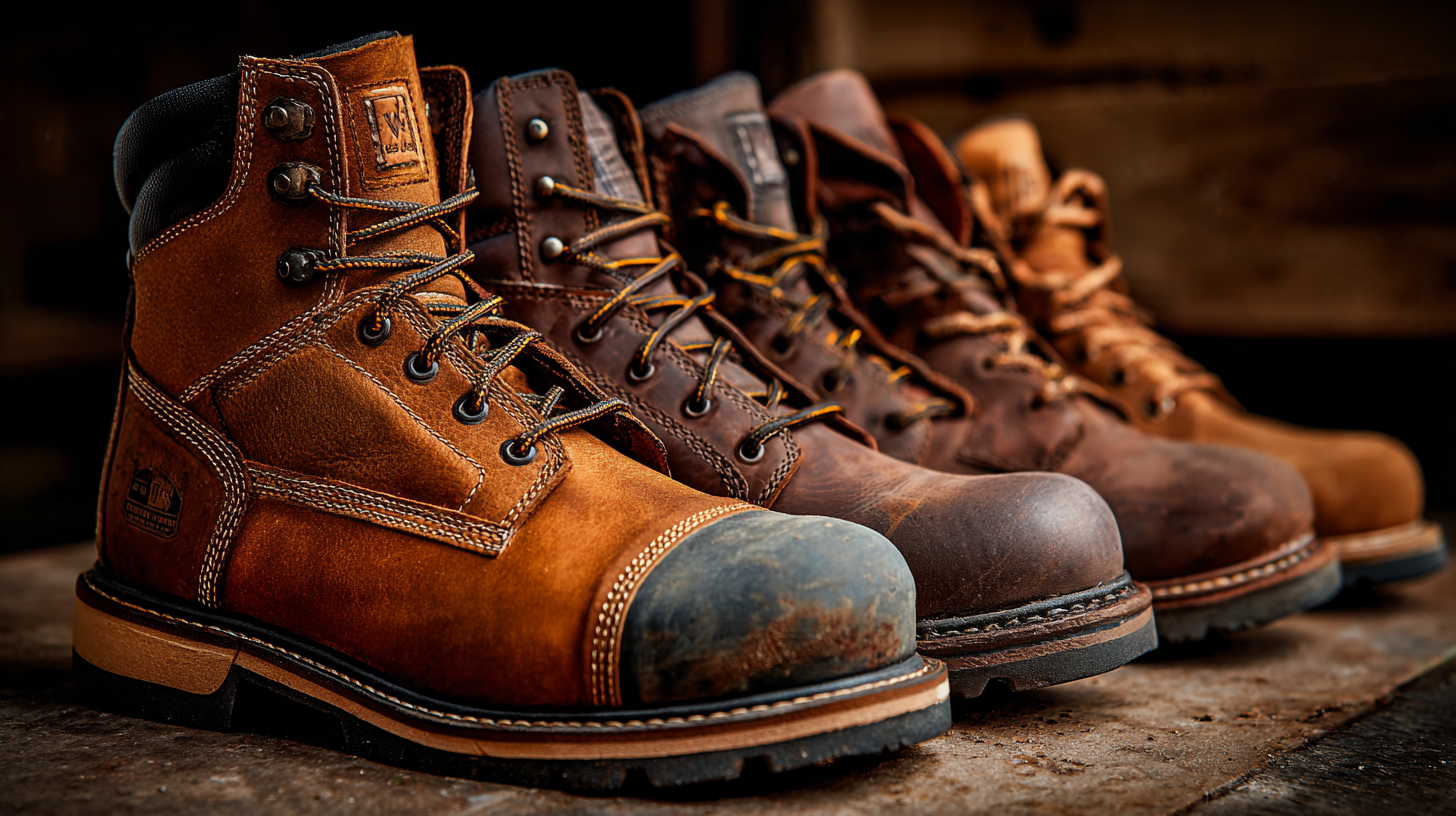
In this blog, we present seven expert tips to guide you in choosing the best work boots for your job. By considering factors such as fit, safety ratings, and purpose-specific features, you’ll be better equipped to make an informed decision that enhances your work experience and keeps you protected on the job.
Understanding the Importance of Proper Work Boots for Your Safety
When it comes to ensuring safety on the job, choosing the right work boots is paramount. Proper work boots not only protect your feet from potential hazards, but they also enhance your overall comfort and efficiency. With various environments presenting unique challenges—from slippery floors to heavy machinery—selecting boots that meet your job's specific demands can make all the difference.
One critical tip is to prioritize fit and comfort. Boots that are too tight or too loose can lead to fatigue and increase the risk of injuries. Look for boots that provide adequate arch support and cushioning to keep you comfortable during long hours of work. Additionally, consider materials that offer breathability to keep your feet dry and prevent overheating.
Another important factor is the type of safety features your boots provide. For example, steel-toed boots protect your toes from falling objects, while slip-resistant soles can help prevent falls on slick surfaces. Pay attention to the boot's construction and ensure it meets the safety standards required for your specific job. Investing in high-quality work boots tailored to your unique workplace conditions is crucial for maximizing safety and performance.
Identifying Your Specific Job Requirements and Hazards
When selecting the best work boots for your job, it’s essential to first identify the specific requirements and hazards associated with your role. Different occupations present unique challenges, and understanding these is key to making an informed decision. For example, if you work in construction, you need boots that provide both durability and protection against heavy objects. Steel-toed boots are often a must, as they help prevent foot injuries from falling debris. Additionally, features like slip resistance and waterproofing can significantly impact your safety and comfort on the job.
In more specialized roles, such as those in electrical work or healthcare, the hazards can vary widely. Electricians need boots that are insulated and non-conductive, while healthcare professionals may prioritize slip-resistant soles for wet environments. Consider the specific elements of your job that could pose risks; whether it’s chemicals, sharp objects, or extreme temperatures, your boot choice should reflect the challenges you face daily. By carefully evaluating these factors, you can ensure that your footwear not only meets safety standards but also supports your performance on the job.
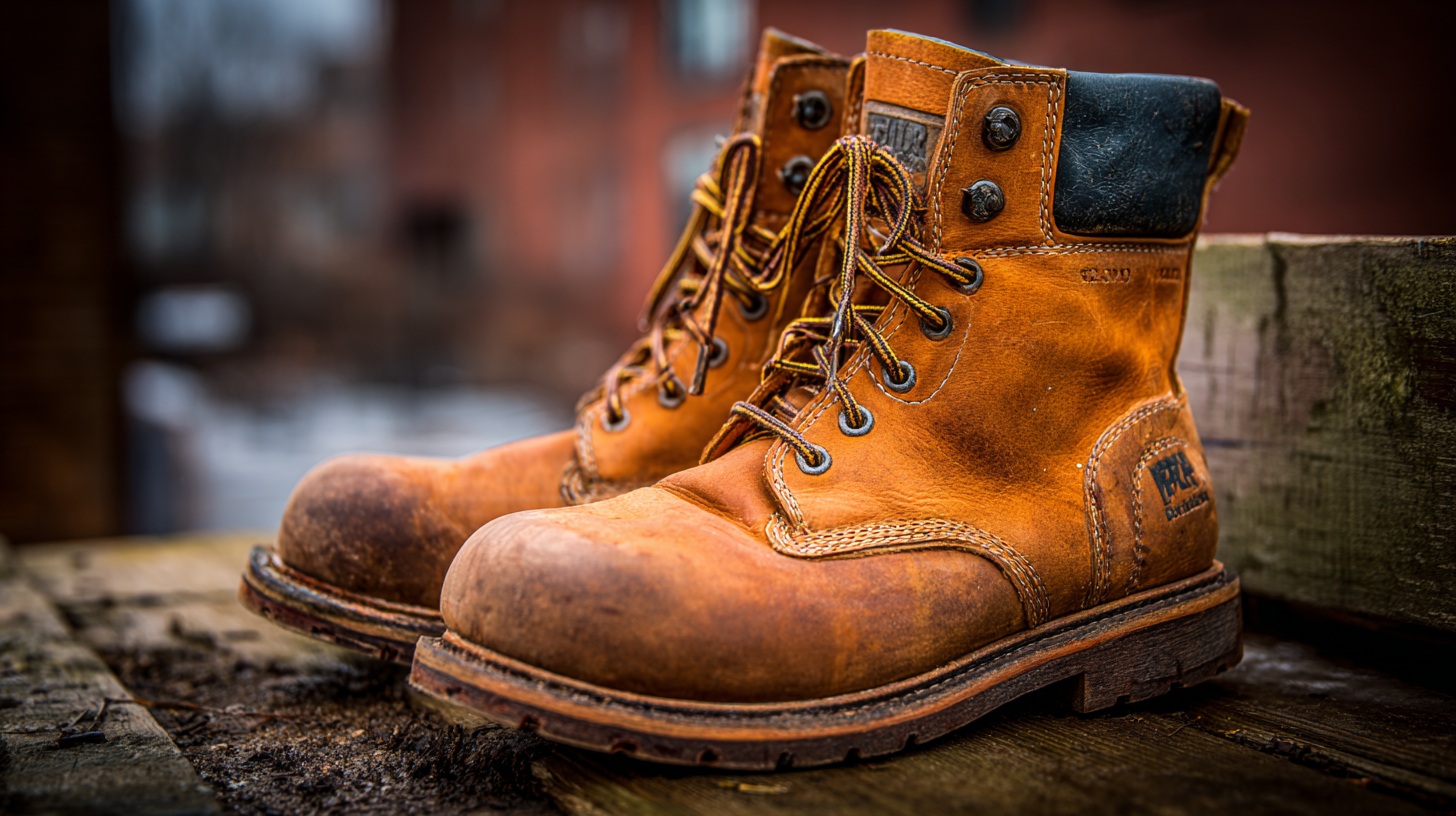
Key Features to Look for in Durable Work Boots
When selecting the best work boots for your job, focusing on key features can make all the difference in comfort and safety. One of the primary considerations is the material of the boot. Look for durable materials like leather or high-quality synthetic fabrics that can withstand wear and tear while providing adequate moisture resistance. Breathable fabrics can help regulate temperature, ensuring comfort during long hours on your feet.
Another crucial feature is the sole construction. Opt for boots with slip-resistant outsoles to prevent accidents in slippery environments, as well as shock-absorbing midsoles for added comfort during prolonged standing or walking. Additionally, consider the boot's toe protection; steel-toed or composite-toed options offer safety against heavy objects, making them essential for construction or warehouse jobs. Prioritize fit and support, choosing boots that provide adequate ankle support without sacrificing mobility, ensuring that you can move freely and confidently throughout your workday.
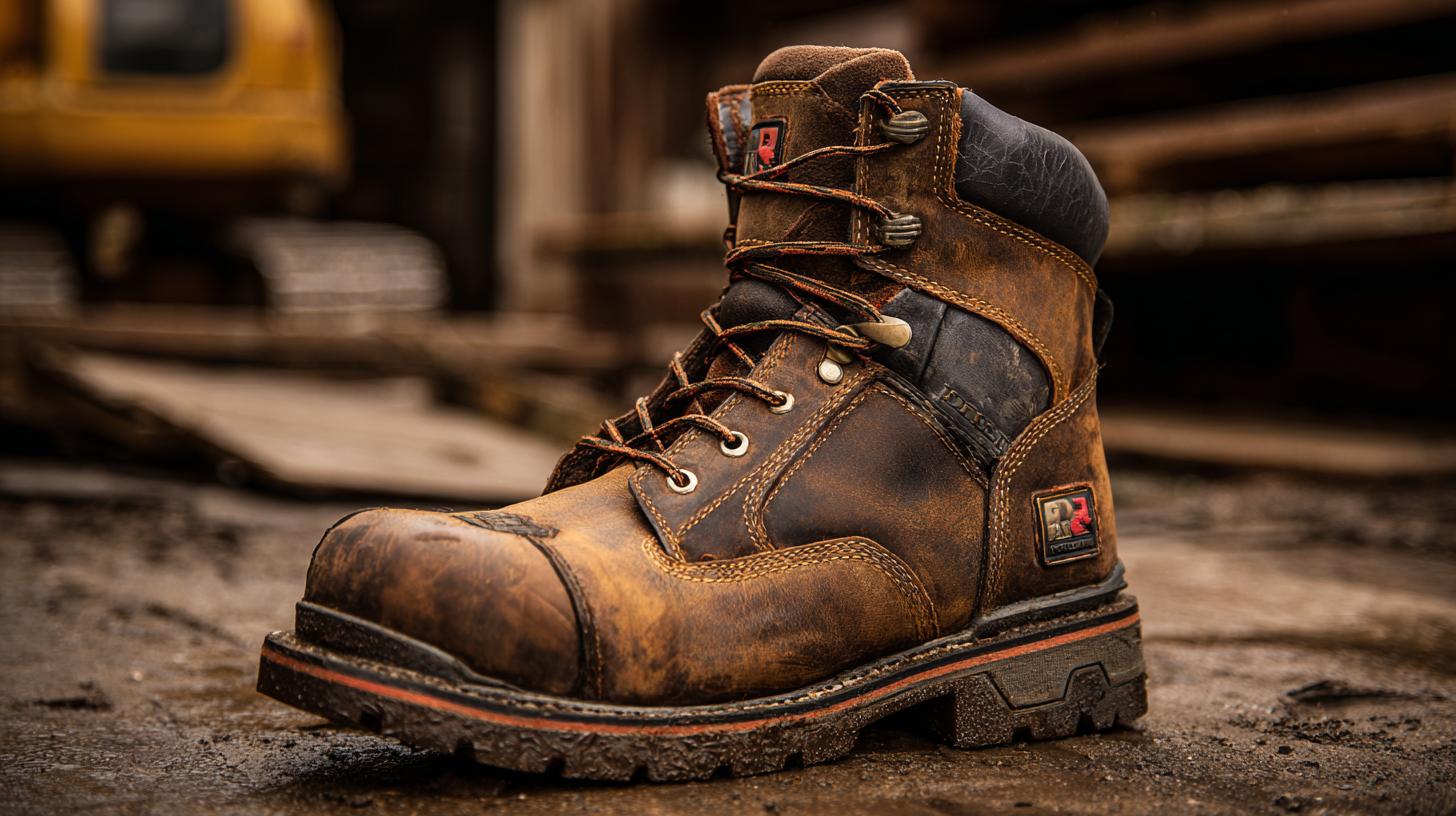
How to Choose the Right Fit and Comfort for All-Day Wear
When it comes to choosing the best work boots, the right fit and comfort are paramount, especially for those who spend long hours on their feet. First and foremost, it's essential to measure your feet accurately. Sizes can vary significantly between brands and styles, so always try on boots at the end of the day when your feet are swollen to ensure a proper fit. Make sure there’s enough room to wiggle your toes, but not so much that your foot slides around inside the boot. A snug fit at the heel helps maintain stability, which is crucial for preventing slips and falls on the job.
In addition to fit, consider the materials used in the construction of the boots. Quality insoles and breathable linings can make a world of difference in all-day comfort. Look for work boots that offer adequate arch support and cushioning, as these features help reduce fatigue during extended wear. Lastly, break in your boots gradually before using them for a full workday; this will help your feet acclimate, making those long hours much more manageable. Always prioritize comfort, as it directly impacts your productivity and safety on the job.
7 Expert Tips for Choosing the Best Work Boots for Your Job - How to Choose the Right Fit and Comfort for All-Day Wear
| Tip | Details | Importance |
|---|---|---|
| 1. Consider the Work Environment | Choose boots based on whether you are in wet, muddy, or hazardous locations. | High |
| 2. Determine Required Safety Features | Look for puncture resistance, steel toes, or electrical hazard protection. | Very High |
| 3. Evaluate Comfort and Fit | Ensure the boot fits well, allows movement, and provides enough arch support. | Critical |
| 4. Assess Durability | Look for materials that can withstand wear, like leather or reinforced synthetic. | High |
| 5. Check for Slip Resistance | Choose soles designed to provide traction on various surfaces. | High |
| 6. Look for Breathable Materials | Breathable linings help keep feet cool and dry during long hours. | Medium |
| 7. Try Before You Buy | Walk around in the boots to test comfort and fit before purchasing. | Critical |
Evaluating Material Options for Performance and Longevity
When selecting work boots, the material options play a crucial role in ensuring performance and longevity, especially in demanding environments. Modern innovations in materials such as advanced synthetic composites and sustainable fibers are redefining durability and comfort. Recent studies indicate that boots made from engineered materials can provide superior resistance to wear, with some options extending their service life by up to 30% compared to traditional leather alternatives. This enhancement not only reduces replacement costs but also lowers the environmental impact associated with frequent manufacturing.
Furthermore, with an increasing focus on sustainability in various industries, work boot manufacturers are exploring eco-friendly materials that are both efficient and responsible. For example, the incorporation of recycled plastics and bio-based polymers not only helps in reducing waste but also aligns with the circular economy principles observed in other sectors, such as construction and packaging. Specifically, research in life cycle assessments shows that materials developed for longevity in footwear production can minimize their carbon footprints significantly while lessening resource depletion, paralleling advancements seen in sustainable concrete and battery technologies that utilize circularity for better environmental performance.
Related Posts
-
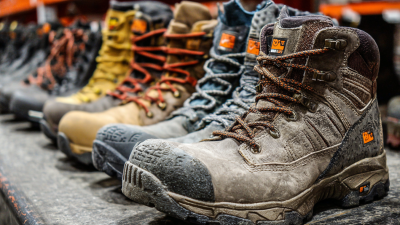
10 Essential Tips for Choosing the Best Work Boots for Your Global Workforce
-

The Comprehensive Guide to Choosing the Best Work Boots for Every Profession
-

How to Choose the Right Combat Gloves for Ultimate Performance
-

Challenges Faced by Global Buyers When Sourcing the Best Quick Rucksacks
-

How to Choose the Best Quick Rucksacks for Every Adventure
-
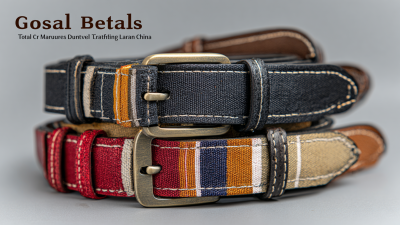
Global Leaders in Manufacturing Discover Top Quality Casual Belts Made in China
